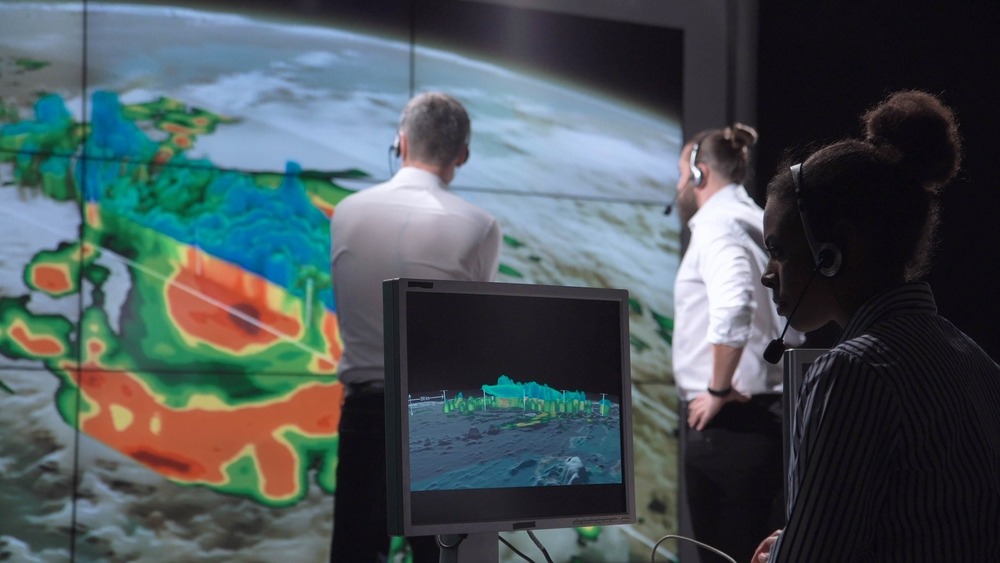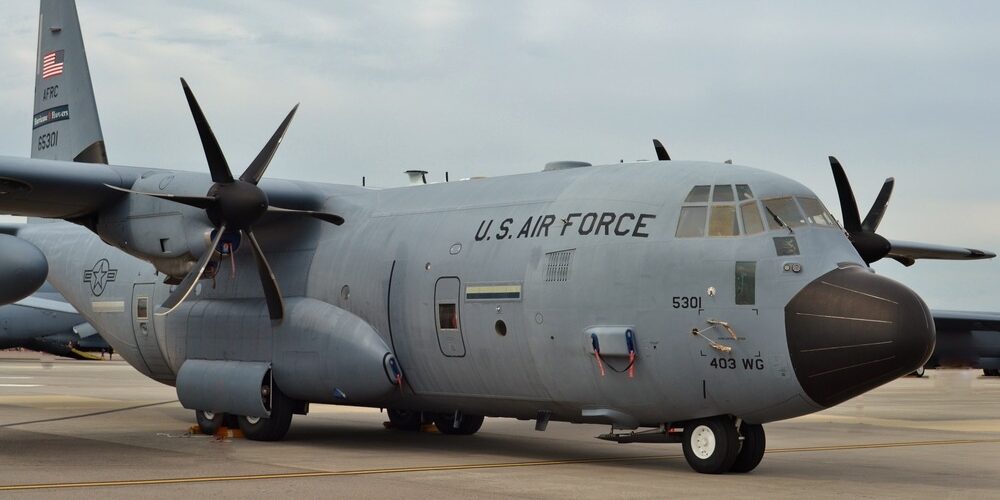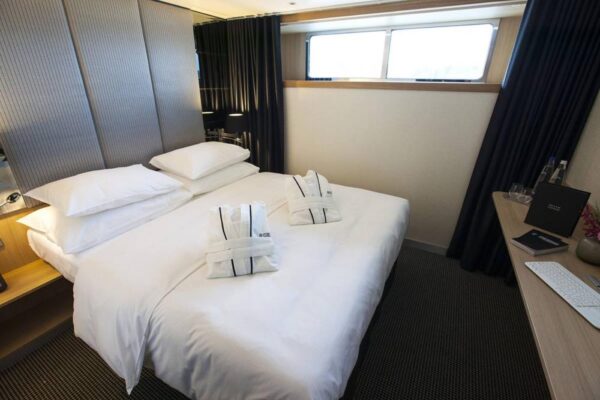How Hurricane Hunters Work and How They Ensure Safe Travels for Tourists
The Heroes of the Storm
When hurricanes form over the ocean, the world watches in anticipation. But while most people evacuate or take shelter, a select group of scientists and pilots fly directly into the heart of these powerful storms. Known as “Hurricane Hunters,” these specialized crews risk their lives to gather critical data that helps forecasters predict a storm’s path, strength, and potential danger. Their work not only saves countless lives but also plays a vital role in ensuring the safety of travelers, especially in tourism-dependent regions prone to hurricanes such as the Caribbean, Gulf of Mexico, and the U.S. Southeast Coast.
The Origins and Mission of Hurricane Hunters
The first intentional flight into a hurricane took place in 1943, when a U.S. Army Air Forces pilot flew through the eye of a storm to test whether aircraft could withstand such conditions. This daring act laid the foundation for what would become an essential scientific and safety operation. Today, the 53rd Weather Reconnaissance Squadron, part of the U.S. Air Force Reserve, and the National Oceanic and Atmospheric Administration (NOAA) both operate Hurricane Hunter aircraft. Their primary mission is to collect real-time atmospheric data to improve storm forecasting accuracy.
The Aircraft and Their Equipment
Hurricane Hunters use specially modified aircraft designed to withstand extreme turbulence, rain, and wind. The most iconic of these is the WC-130J Super Hercules, a four-engine turboprop equipped with advanced radar, sensors, and meteorological instruments. NOAA also operates two WP-3D Orion aircraft, nicknamed “Kermit” and “Miss Piggy,” along with the high-altitude Gulfstream IV-SP jet known as “Gonzo.”
Each aircraft carries multiple systems that measure temperature, humidity, pressure, and wind speed. They deploy “dropsondes”—small, cylindrical instruments that parachute through the storm layers, transmitting atmospheric data every second as they fall to the ocean surface. These readings are sent to the National Hurricane Center (NHC) and fed into global forecasting models.
Flying Into the Eye of the Storm
A typical hurricane mission begins hours before takeoff. Meteorologists analyze satellite images, ocean temperature maps, and radar data to determine the best flight plan. Once airborne, the aircraft makes repeated passes through the storm—often entering and exiting the eyewall multiple times—to capture complete data sets.

Inside the plane, the atmosphere is tense yet focused. Pilots maintain steady altitude through powerful updrafts and downdrafts, while scientists monitor instruments and relay findings in real time. The most dramatic moment comes when the plane breaks through the turbulent eyewall into the calm “eye,” where sunlight and still air contrast sharply with the chaos surrounding it. This central data helps define the storm’s intensity and track.
Data Transmission and Forecasting Impact
Every observation gathered by Hurricane Hunters provides crucial updates to forecast models. Real-time data is transmitted via satellite directly to the National Hurricane Center in Miami, where meteorologists use it to refine hurricane advisories, warnings, and projected paths. These updates often mean the difference between unnecessary evacuations and saving lives in the direct path of danger.

The precision gained from this data dramatically improves public safety. In regions dependent on tourism—such as Florida, the Bahamas, Puerto Rico, and coastal Mexico—accurate hurricane forecasts allow hotels, airports, and cruise lines to plan safe evacuations and minimize disruptions.
Protecting Tourism and Travelers
Tourism economies along hurricane-prone coasts rely heavily on the timely information provided by Hurricane Hunters. Their work enables travel authorities, resorts, and cruise companies to take proactive safety measures, including: – Issuing early evacuation notices for resorts and island communities – Adjusting flight and cruise itineraries to avoid storm zones – Coordinating with governments to secure ports and airports – Providing real-time updates to travelers through weather and tourism agencies
This coordination ensures that tourists can make informed decisions, avoid hazardous conditions, and safely continue their travels once storms pass. Many cruise lines, including those operating in the Caribbean and Gulf of Mexico, depend on data from these reconnaissance missions to reroute ships and safeguard passengers.
Beyond Hurricanes: Expanding the Mission
While best known for hurricane flights, these reconnaissance teams also support broader meteorological research. They investigate atmospheric rivers, winter storms, and oceanic wind patterns to refine climate and storm models. Their contributions extend beyond immediate safety—they improve the long-term understanding of how climate change influences storm behavior, helping communities and the tourism sector adapt to evolving weather risks.
Training and Precision Under Pressure
Hurricane Hunter crews undergo rigorous training that includes meteorology, navigation, and emergency procedures. Pilots learn to fly through extreme turbulence, while onboard scientists become adept at interpreting vast streams of real-time data. Precision, communication, and teamwork are critical. Each mission is meticulously planned with safety as the top priority, using redundant systems, constant contact with ground control, and strict adherence to weather safety protocols.
Ensuring Safe Skies and Future Travels
The work of Hurricane Hunters extends far beyond storm tracking—it represents the frontline of protection for millions of travelers. The tourism industry thrives on predictability and safety, both of which depend on accurate weather forecasting. As global tourism continues to expand into tropical regions, the need for real-time hurricane intelligence will only grow.

Through courage, science, and coordination, Hurricane Hunters make it possible for travelers to return safely to the beaches, islands, and coastal destinations they love—knowing that even in the face of nature’s fiercest storms, humanity is watching, learning, and protecting from above.
Flying Toward the Eye of Safety
Every flight into a hurricane is a testament to human ingenuity and bravery. By venturing where no one else dares, Hurricane Hunters provide the information that saves lives, protects economies, and ensures safe journeys. Whether a traveler is boarding a plane in Miami or setting sail from San Juan, the unseen work of these aerial scientists guarantees that the world of travel continues to move safely—even when the winds howl and the waves rise high.


































